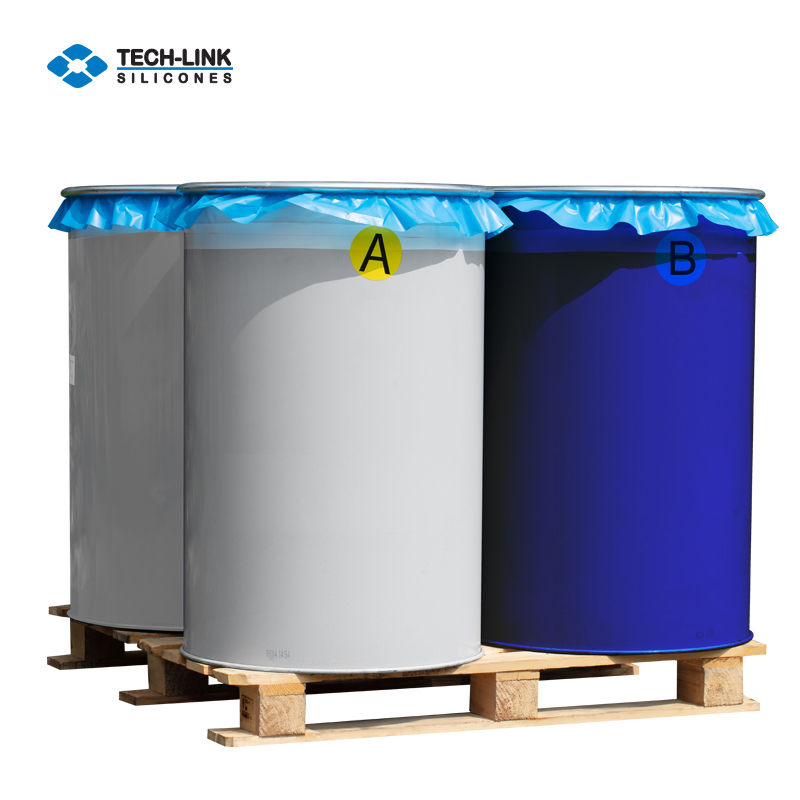Injection molding liquid silicone rubber's high-temperature resistance demonstrates outstanding performance in adapting to high-temperature environments and resisting aging. This is closely related to its unique material structure. High temperatures often disrupt the molecular structure of ordinary rubber materials, leading to aging phenomena such as hardening, cracking, or softening. However, the molecular backbone of injection molding liquid silicone rubber is composed of silicon-oxygen bonds. These chemical bonds possess extremely high bond energy, remaining stable at high temperatures and resistant to thermal breakage, laying the foundation for its high-temperature resistance. 
Injection molding liquid silicone rubber's stable physical properties are key to its resistance to aging in high-temperature environments. While ordinary rubber easily loses its elasticity and becomes brittle or sticky at high temperatures, injection molding liquid silicone rubber maintains excellent elasticity and hardness even under sustained high-temperature exposure, without significant performance degradation. This stability allows it to maintain its original form and function even in long-term exposure to high temperatures, reducing heat-related aging damage and extending the product's service life.
Injection molding liquid silicone rubber is highly tolerant of temperature fluctuations and can adapt to a wide range of temperature differences. In practical applications, many scenarios experience not only sustained high temperatures but also frequent temperature fluctuations. These temperature fluctuations can easily cause material expansion and contraction, accelerating aging. Injection molding liquid silicone rubber, however, has a low coefficient of thermal expansion, resulting in minimal volume change with temperature fluctuations. This reduces internal stress caused by repeated expansion and contraction, thereby minimizing the likelihood of aging phenomena such as cracking and deformation, making it suitable for complex high-temperature environments.
Thermal oxidation resistance is a key factor in ensuring that injection molding liquid silicone rubber resists aging in high-temperature environments. High temperatures are often accompanied by active oxygen reactions. Ordinary rubber materials are susceptible to oxidation reactions with oxygen, leading to molecular chain breakage and aging and hardening. The antioxidants added to injection molding liquid silicone rubber and its inherently stable molecular structure effectively resist thermal oxidation, reducing oxygen attack. Even in high-temperature, oxygen-rich environments, it maintains chemical stability and slows aging.
Injection molding liquid silicone rubber's aging resistance at high temperatures is also reflected in its low volatility. High temperatures can cause small molecules in the material to volatilize, causing the material to shrink, harden, or lose elasticity, a common cause of aging in many rubbers. Injection molding liquid silicone rubber undergoes thorough vulcanization and purification during the production process, resulting in a low content of small molecules within the material. This results in minimal volatility in high-temperature environments, preventing performance degradation due to component loss. This ensures long-term stability and resistance to aging.
Performance in real-world applications further validates the high-temperature and aging resistance of injection molding liquid silicone rubber. In areas exposed to prolonged high temperatures, such as automotive engine peripheries and electronic equipment heat sinks, seals, gaskets, and other products made with injection molding liquid silicone rubber maintain excellent sealing performance and elasticity over time, resisting aging and failure due to high temperatures. This stable performance demonstrates its ability to withstand the demands of high-temperature environments and meet the demands of long-term use.
Injection molding liquid silicone rubber, thanks to its stable molecular structure, excellent physical property stability, good temperature tolerance, thermal oxidation resistance, and low volatility, offers exceptional high-temperature resistance, making it adaptable to high-temperature environments and resistant to aging. These characteristics make it a clear advantage in numerous high-temperature applications, making it an ideal alternative to conventional rubber. It provides reliable performance for products exposed to high temperatures, reducing the frequency of replacement and maintenance costs associated with aging.

